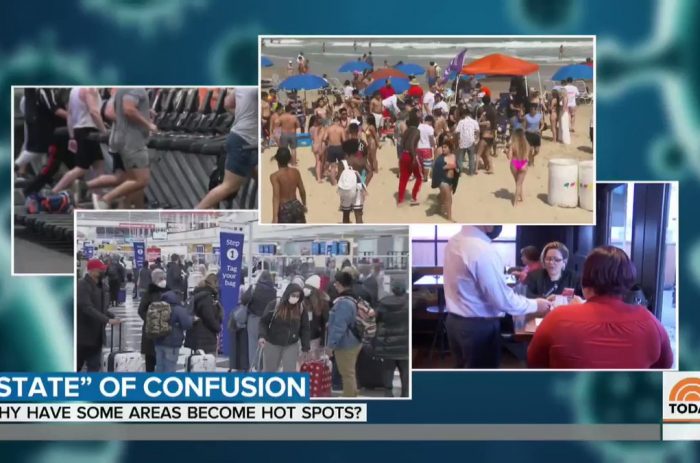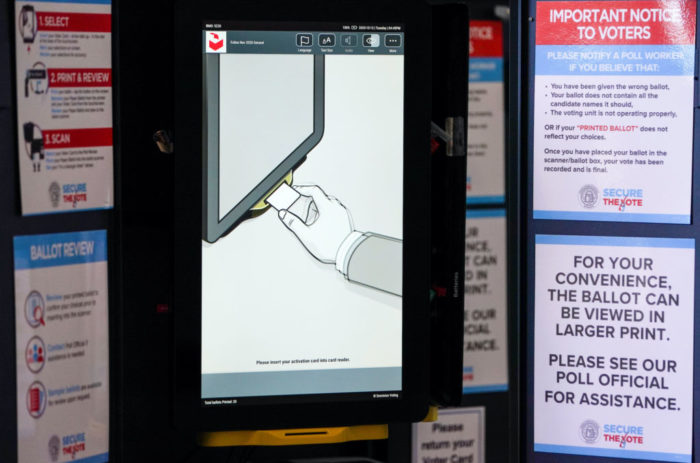redo Jump to...
print Print...
Directions
-Read the excerpt below from editor James Taranto's Dec. 2 "Best of the Web" post at WSJ.
-Read "Types of Media Bias" in the right column. Then answer the questions.
 NOTE: A public editor (news ombudsman) is employed by a newspaper to receive and investigate complaints from newspaper readers (or listeners or viewers of radio and television stations) about accuracy, fairness, balance and good taste in news coverage. He or she recommends appropriate remedies or responses to correct or clarify news reports.
NOTE: A public editor (news ombudsman) is employed by a newspaper to receive and investigate complaints from newspaper readers (or listeners or viewers of radio and television stations) about accuracy, fairness, balance and good taste in news coverage. He or she recommends appropriate remedies or responses to correct or clarify news reports.
[The New York Times published information about the location of Ferguson Police Officer Darren Wilson’s home on Monday in a move that has generated controversy. . . . Printing his street name in the newspaper on the day the grand jury was expected to hand up a decision on the indictment could have reignited interest in – and awareness of – the location, and some critics worried that it could result in protesters descending on his home. Slate even went a step further than the Times, publishing an article featuring a photo of the modest, red-brick house on Monday. (as reported by the International Business Times)]
The title of Monday’s post by the New York Times’s “public editor,” Margaret Sullivan…was abstruse: “Should The Times Have ‘Left It Out’—and What, Exactly, Was ‘It’?”
Here’s Sullivan’s answer to the question “What, Exactly, Was ‘It”?”:
Two Times reporters – Julie Bosman and Campbell Robertson – wrote a brief online post about Mr. Wilson’s recent marriage. They had a copy of the marriage license, and The Times published a photograph of it. That marriage license had an address on it, although it was that of a local law firm, not Mr. Wilson’s.
Separately, the blog post did give Mr. Wilson’s street name and the name of his town. It did not give the house number. The post also noted that he hadn’t been living there for some time.
The tone of Sullivan’s post is strikingly defensive. Before even getting to the just-quoted description of what happened, she asserts: “The facts of the situation have been widely misreported and misunderstood, and my office has received hundreds of emails on the subject from angry readers who erroneously believe that The Times published Mr. Wilson’s address.”
In reality, the distinction between publishing Wilson’s address and what the Times actually did is a minimal one. It’s not as if his home is Third Avenue in New York City, or some other long and densely populated thoroughfare. It’s on a short street – less than half a mile long – in a small city. We won’t repeat the location information, but according to Google Maps, there are only some 40 houses on the street.
Sullivan reports that “as a result of this misinformation – which has been through the media spin cycle several times – the writers of the blog post have been targeted and criticized, quite viciously.” One website – which, again, we won’t link or quote – published what are purportedly their home addresses.
Dean Baquet, the Times’s executive editor, told Sullivan “that he is ‘outraged for the two reporters.’ The coverage from Ferguson, he said, has been ‘fair, aggressive and excellent, as well as conscious of the views of both sides.’ Ms. Bosman, he noted, has been in Ferguson for months now, and reported brilliantly while enduring dangerous conditions. Speaking of the Ferguson reporting team, he said, ‘they’ve done it heroically.’ ”
That may be true – we [James Taranto, the WSJ] haven’t been following the Times’s Ferguson coverage closely enough to have an opinion of it – but it’s rather beside the point. Baquet has every right to be outraged at the invasion of his reporters’ privacy. But the cliché that two wrongs don’t make a right applies to both sides of this kerfuffle.
Sullivan concludes: “With the benefit of hindsight, even publishing the street name may have been unwise in such an emotionally fraught situation. But the reality of what was published bears little resemblance to what The Times and its reporters are being accused of – and pilloried for.”
Why not just acknowledge unequivocally that the Times made a mistake? Especially given that the paper once faulted Sarah Palin for identifying congressional districts.
To accurately identify different types of bias, you should be aware of the issues of the day, and the liberal and conservative perspectives on each issue.
Types of Media Bias:Questions
NOTE: A public editor (news ombudsman) is employed by a newspaper to receive and investigate complaints from newspaper readers (or listeners or viewers of radio and television stations) about accuracy, fairness, balance and good taste in news coverage. He or she recommends appropriate remedies or responses to correct or clarify news reports.
1. There were threats of rioting and/or violence if Ferguson police officer Darren Wilson was not charged. Do you think the Times’ decision to publish the street of Officer Wilson’s home was irresponsible journalism or media bias? Explain your answer.
2. Can you think of any reason why a news organization should have published the officer’s address (street without the exact house number) in the midst of such a volatile situation? Explain your answer.
Scroll down to the bottom of the page for the answers.
Answers
1. and 2. Opinion question. Answers vary.



